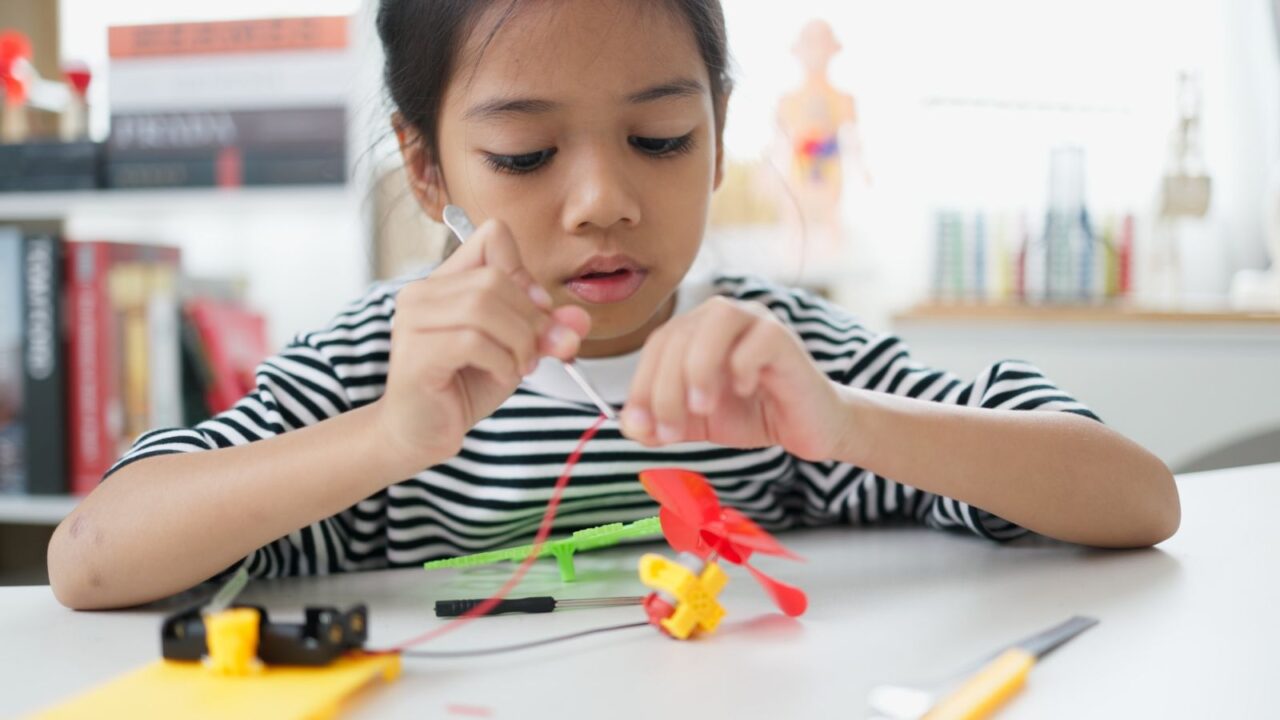
Welcome to the Future of Play
With the growing popularity of STEM (Science, Technology, Engineering, and Math) education, why stick with the outdated playroom decor?
Inspire your little ones to think outside of the box and unleash their creativity. With a STEM-inspired room, you can do just that, through play.
Incorporate fun and functional decor, which inspires creativity. Be inspired to create a space for your kiddos where play meets problem-solving.
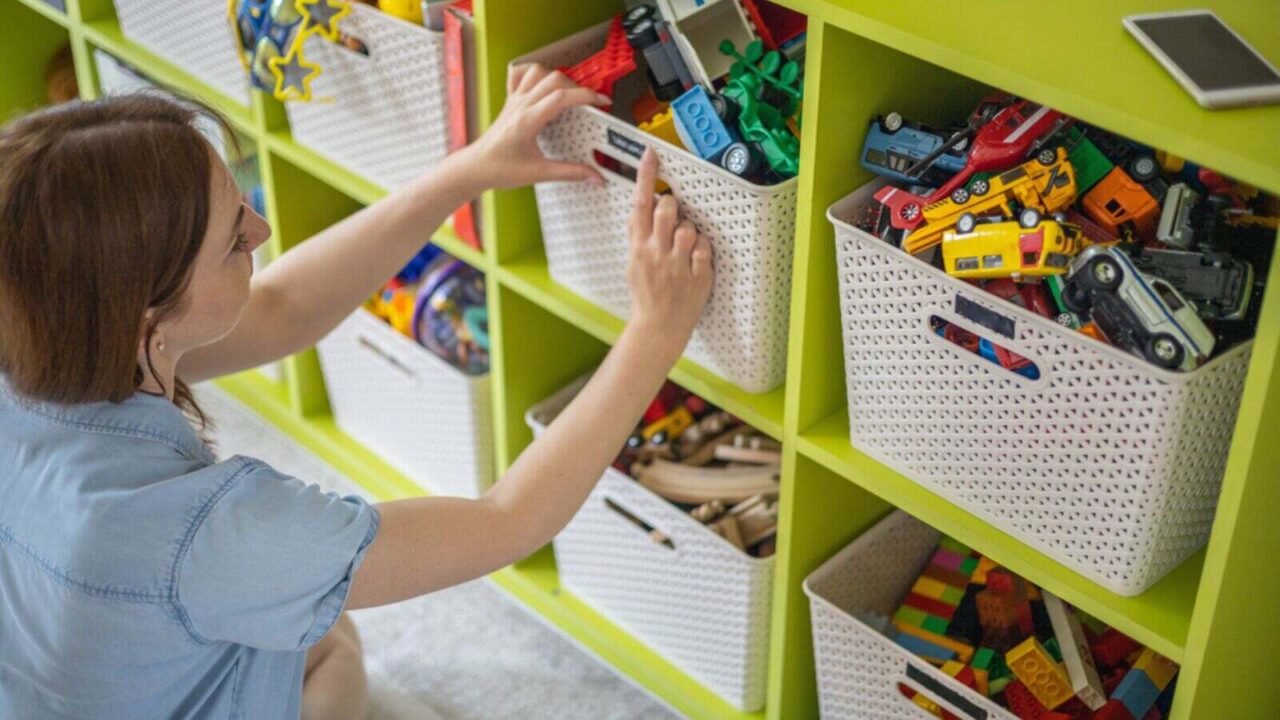
Tinkering Tools
Start with tinkering tools that children can use for hands-on learning projects.
Child-friendly tinkering tools include jumper wires, wire cutters, soldering iron, solder, multimeter, breadboard, strippers, power supply, capacitors, and resistors.
Watch their confidence grow as they learn how to fit pieces together and explore the tech world. Plus, activities including tinker tools improve kids’ critical thinking and technical knowledge.
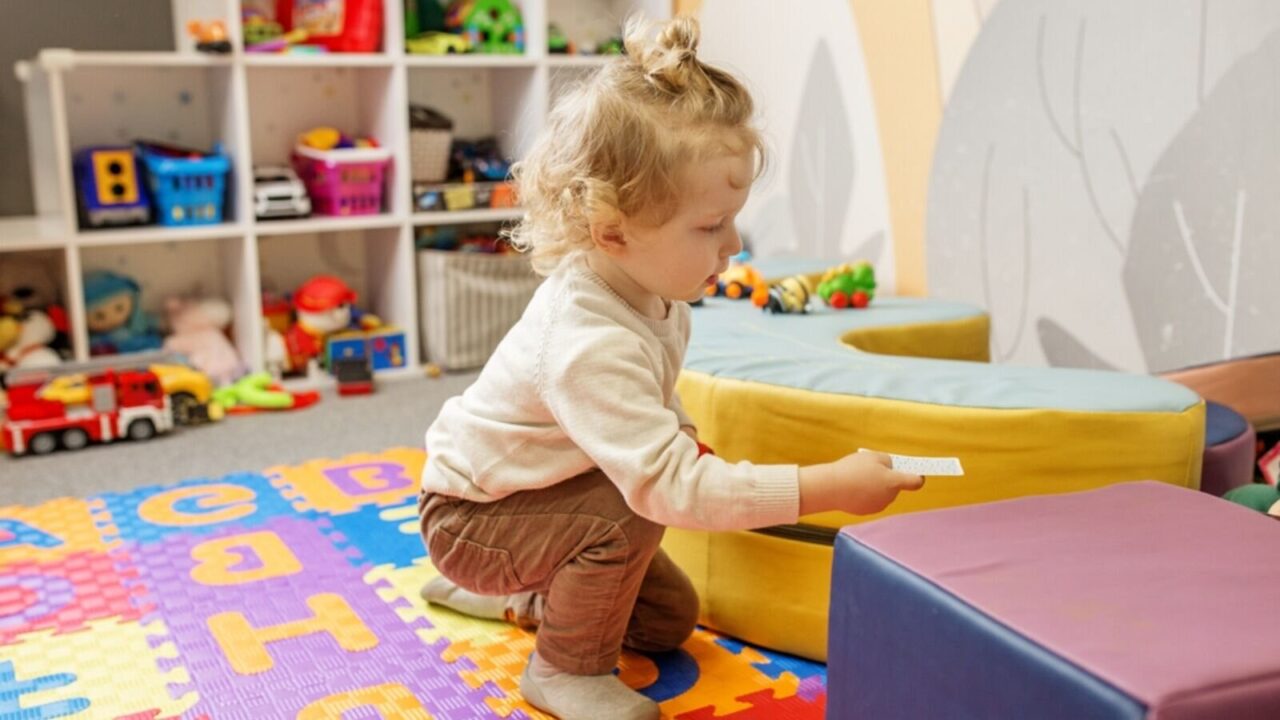
Multi-Functional Spaces for Endless Play
Your child doesn’t need to settle for one kind of play. A multi-functional playroom is the best to boost creativity and critical thinking. Modular furniture is also perfect for turning your child’s space into a hub of exploration.
Movable tables and chairs add flexibility. Kids can switch from solo to group sitting for different activities.
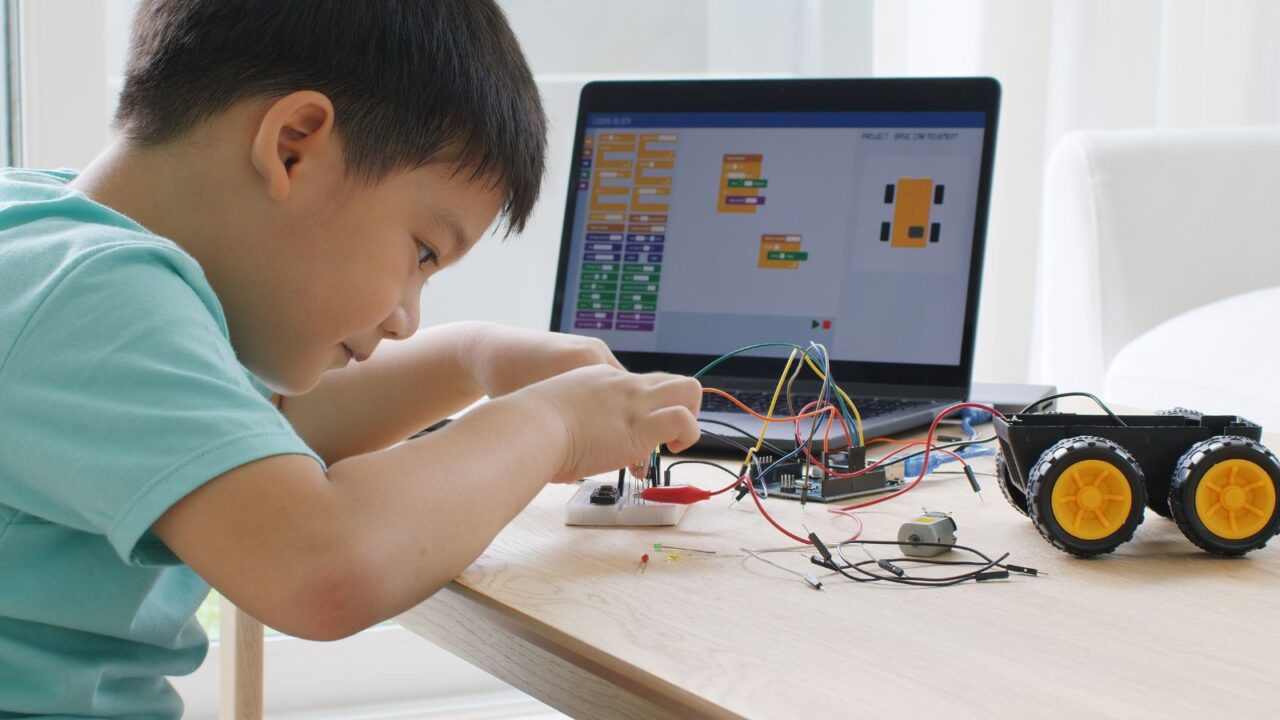
Tech Corner
Let’s talk tech. Get your child ready early for the insanely tech-driven world out there. Create a tech corner with gadgets like tablets, coding toys, or even a Laptop or tablet for beginner programming activities.
The main purpose of this area is to help them learn skills that include problem-solving, logic, and sequencing. This tech-savvy and engineering setup prepares them for a future full of innovations.
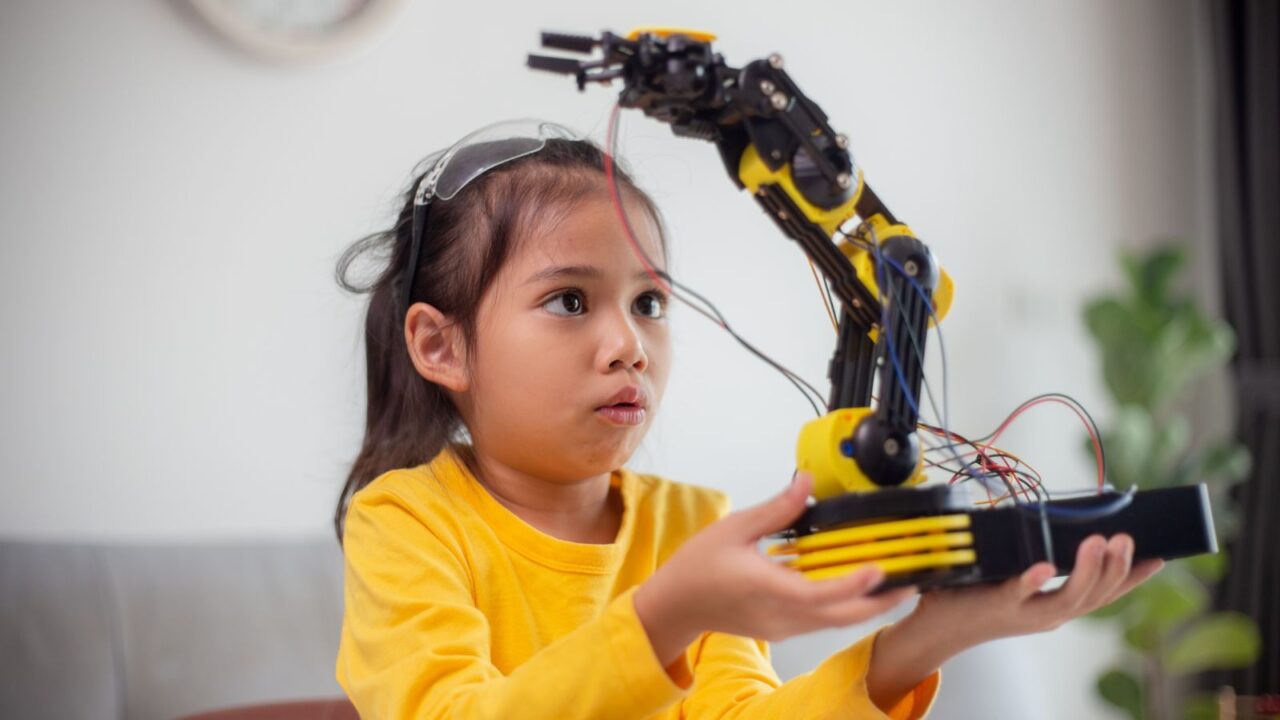
Robotics and Engineering
Got a little engineer at home? Build a fun and designated sanctuary for them where they’ll enjoy building and programming.
Add LEGO kits, robotics kits, electronic circuit kits, and building sets like K’NEX or Meccano.
These kits allow children flexible hands-on learning experiences. Additionally, your child will learn to build complex structures and can understand mechanical principles through play.
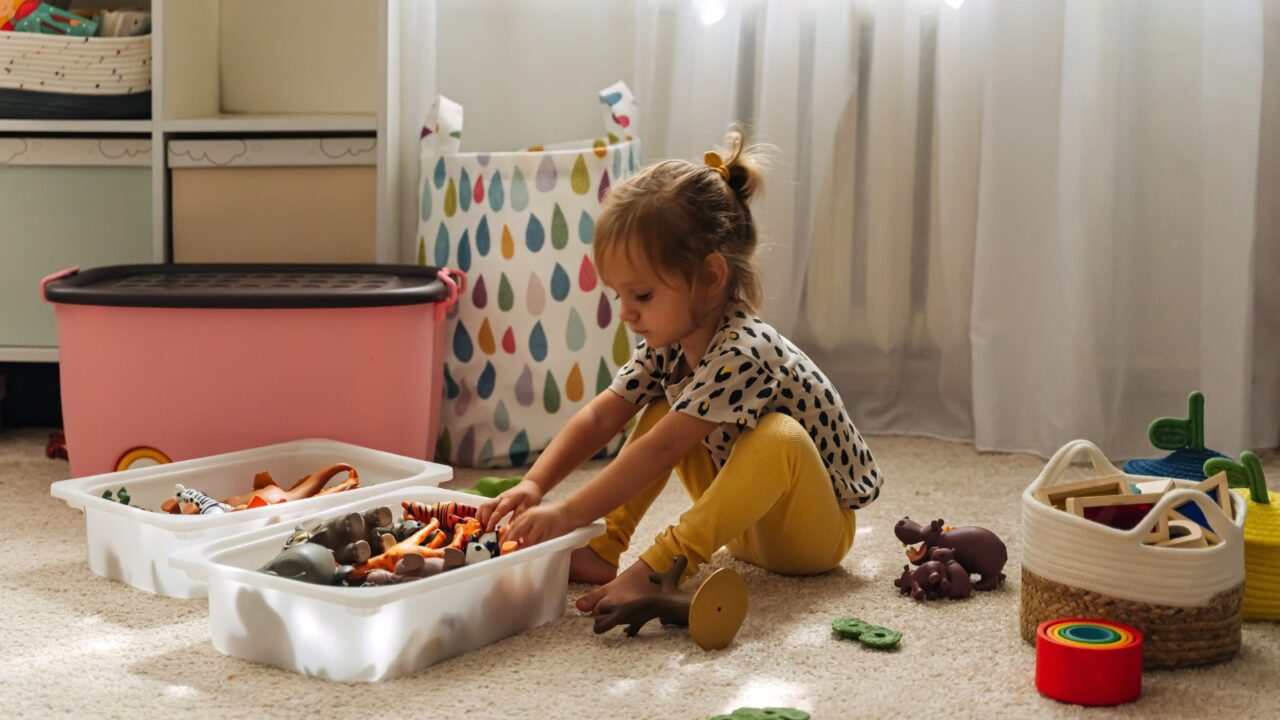
Brain-Boosting Games and Puzzles
What’s better than adding brain games to the STEM playroom? Start with basic board games that teach strategy. Then slowly add more complete ones like math, sudoku, and logic puzzles.
Also includes digital brain games that introduce coding, and pattern recognition. Keep a variety of options that help sharpen problem-solving skills, logical reasoning, and spatial awareness.
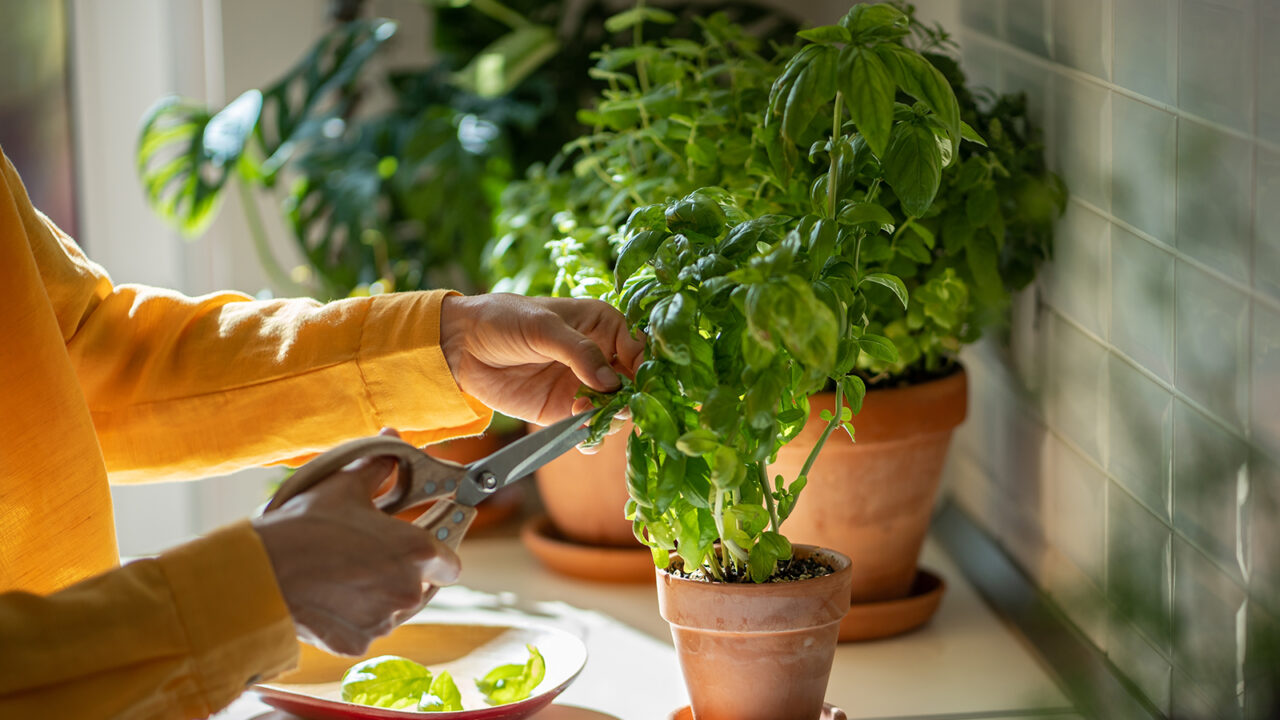
The Biology Zone
Biology is an essential part of STEM but it often gets overpowered by tech-focused play. You need to bring nature into the playroom by adding different plants to ignite the child’s interest.
Get the child involved in growing herbs. Let them observe how the ecosystem works, and the effects of sunlight on the plants. You can go a step further and build a mini weather station.
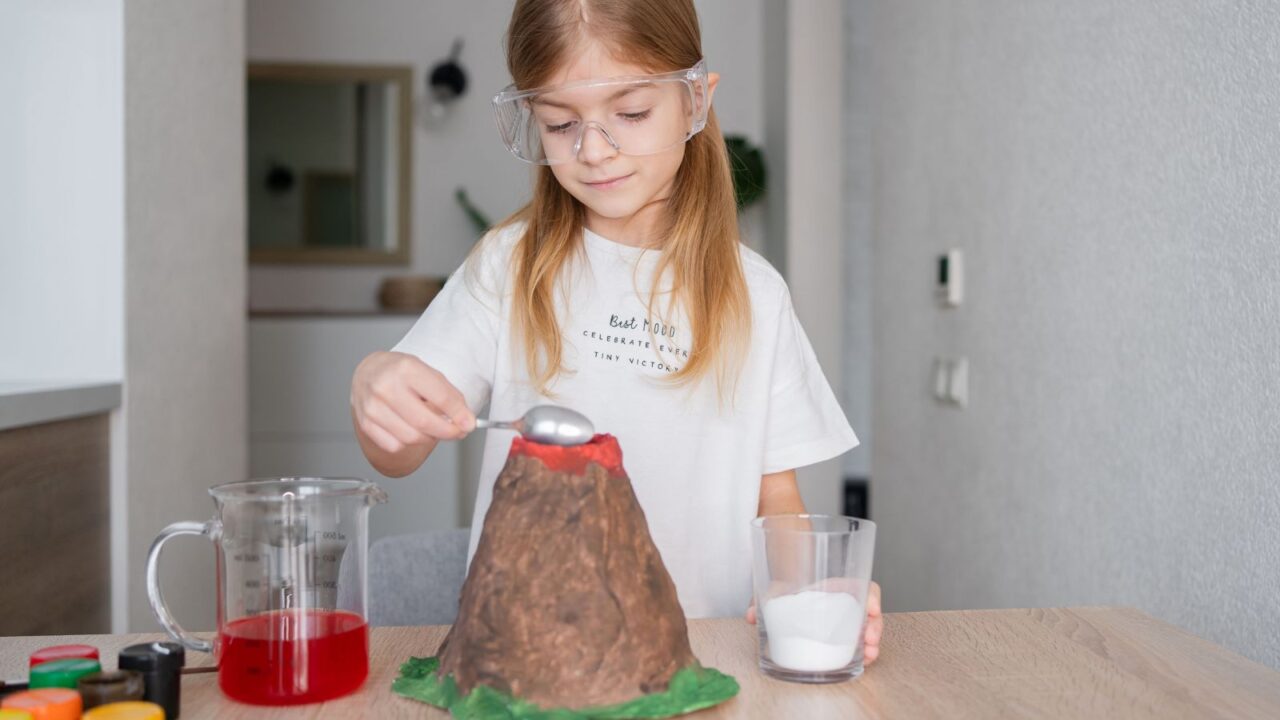
Create a Miny Science Lab
Another way to inspire the love of biology is by creating a mini science lab. Stock the science corner with a microscope, test tubes, beakers, magnifying glasses, thermometer, droppers, and pipettes.
Add guides that have steps for doing different experiments including growing crystals and making volcanoes. Encourage them to experiment with different projects.
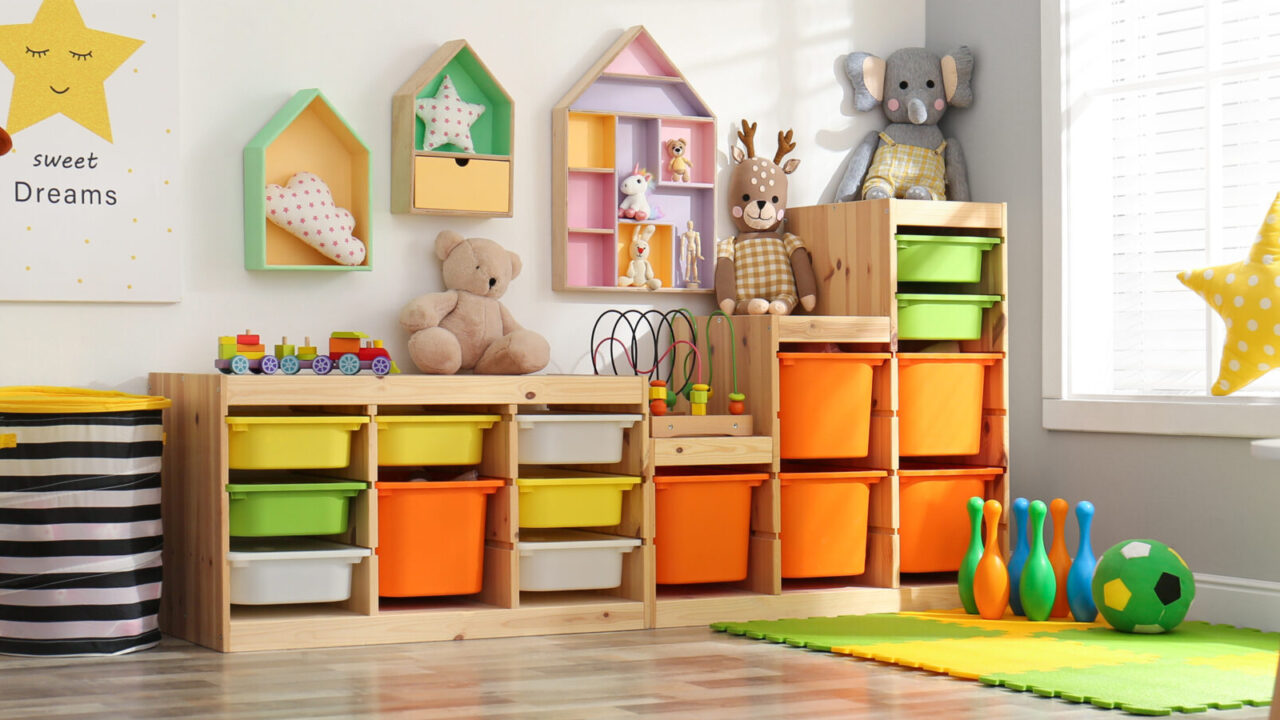
Plenty of Storage
Are playrooms doomed to be cluttered always? Yes, but only when there’s a lack of proper storage arrangements in the playroom.
Start with cube organizers, built-in cupboards, and task carts, to keep supplies within reach but out of the way. Think about adding removable drawers and trays that kids can put in their place after use.
Moreover, you can add even pegboards. They are perfect for hanging tools like measuring tapes and scissors.
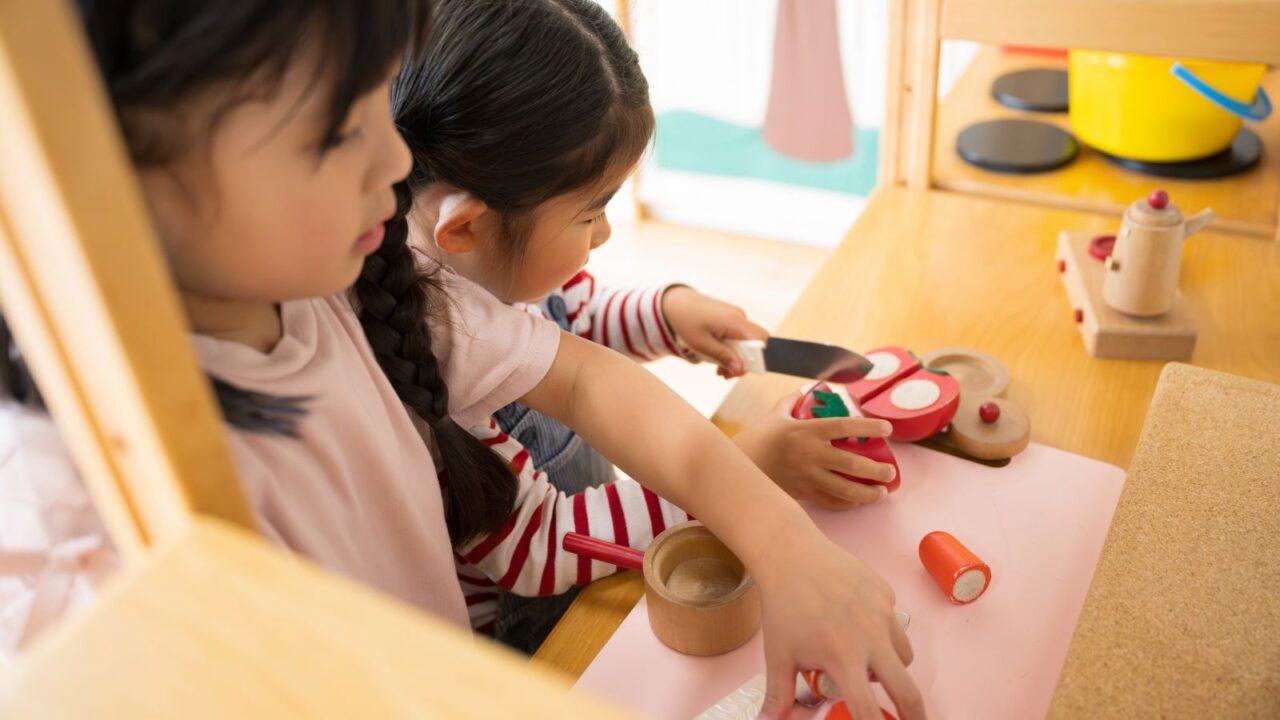
Furniture For Creative Collaboration
STEM education is unlike anything traditional individual disciplinary, It’s all about collective play. Children learn better how to communicate, do teamwork, and handle arguments when they learn together.
Including movable desks, wheeled chairs, or round tables where kids can work together on projects is a must. Such furniture pieces can be pushed together whenever the child needs to switch from a solo to a group project.

Chalkboard or Whiteboard for Creativity
To invite endless play that includes learning as well you need every corner to serve a purpose. Give the child a canvas for brainstorming and doodling. Whiteboards or chalkboards are perfect for that.
Children love to express themselves through drawing and mapping. Plus visual stimuli are great to spark creativity and curiosity.
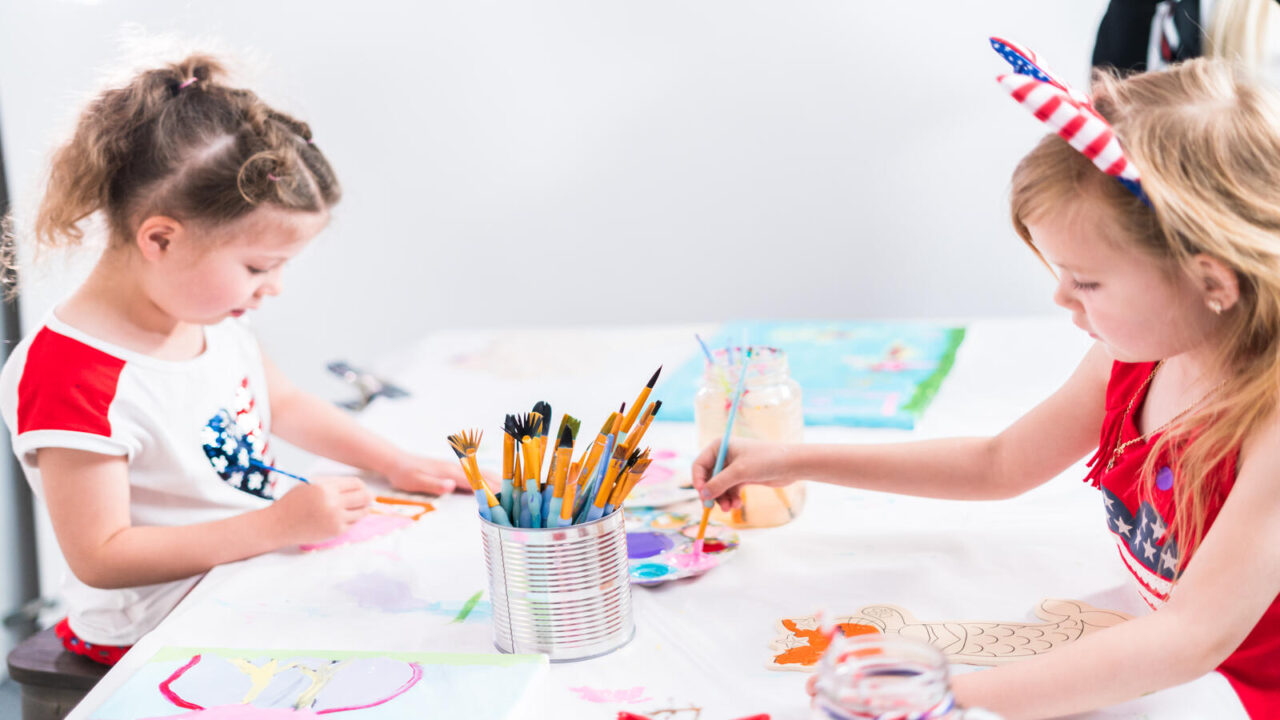
Dedicated Craft Space
STEM has now evolved into STEAM, with the addition of Art. The growing emphasis on creativity and innovation alongside other subjects means you can’t miss out on a craft space. A space where little inventors show their creativity.
The craft stations should be stocked with the necessary items like legos, puzzles, crafts kits, different papers, stickers, glue, 3D pens, and even circuits. The hands-on learning gives them space to learn along the way.
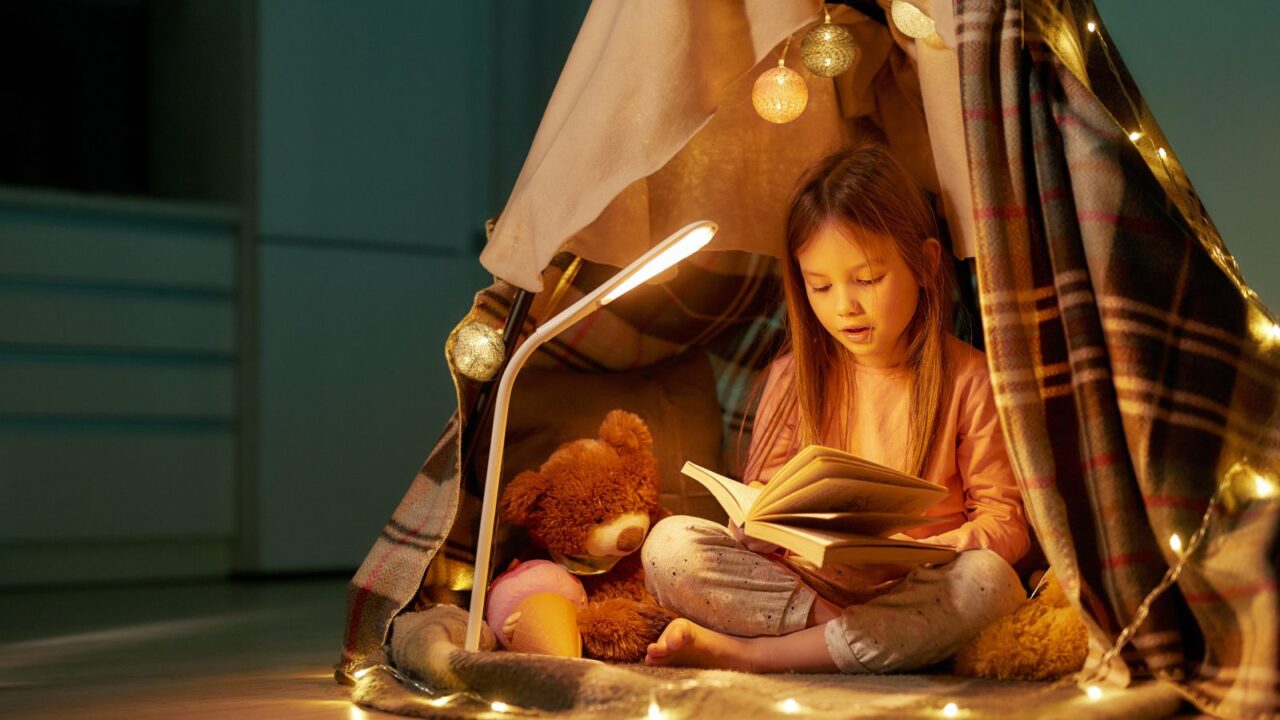
STEM Library
Don’t forget about books. A cozy STEM reading nook is best for little nerds. Add a bookshelf and create comfortable seating. Fill the space with STEM-themed books.
Add cushions, cozy blankets, and a good lamp for a comfortable and inviting sitting area so the child can sit for longer. Let every corner of the playroom serve a purpose for learning without overwhelming your child.

Visual Learning Tools
Children learn faster with visual aids. Adding different charts and models can help them learn different subjects quickly.
Why not inspire the love of spaces and stars by hanging stunning solar system models or charts? Measurement and unit conversion charts, world maps, engineering diagrams, or blueprint posters also help children pick different skills through visual aids.
Adding a giant multiplication table is also a good idea to ignite the love for math through visuals.

Room Temperature for a STEM-Inspired Playroom
Maintaining a comfortable room temperature so children can learn comfortably is super important. An ideal temperature range is 68-72°F (20-22°C) for a pleasant environment.
Why temperature Matters? A stable temperature helps children focus better. Moreover, it helps them stay engaged with their STEM play or activities, minimizing distractions caused by discomfort.
You can use a programmable thermostat to make sure the room temperature stays in the ideal range.
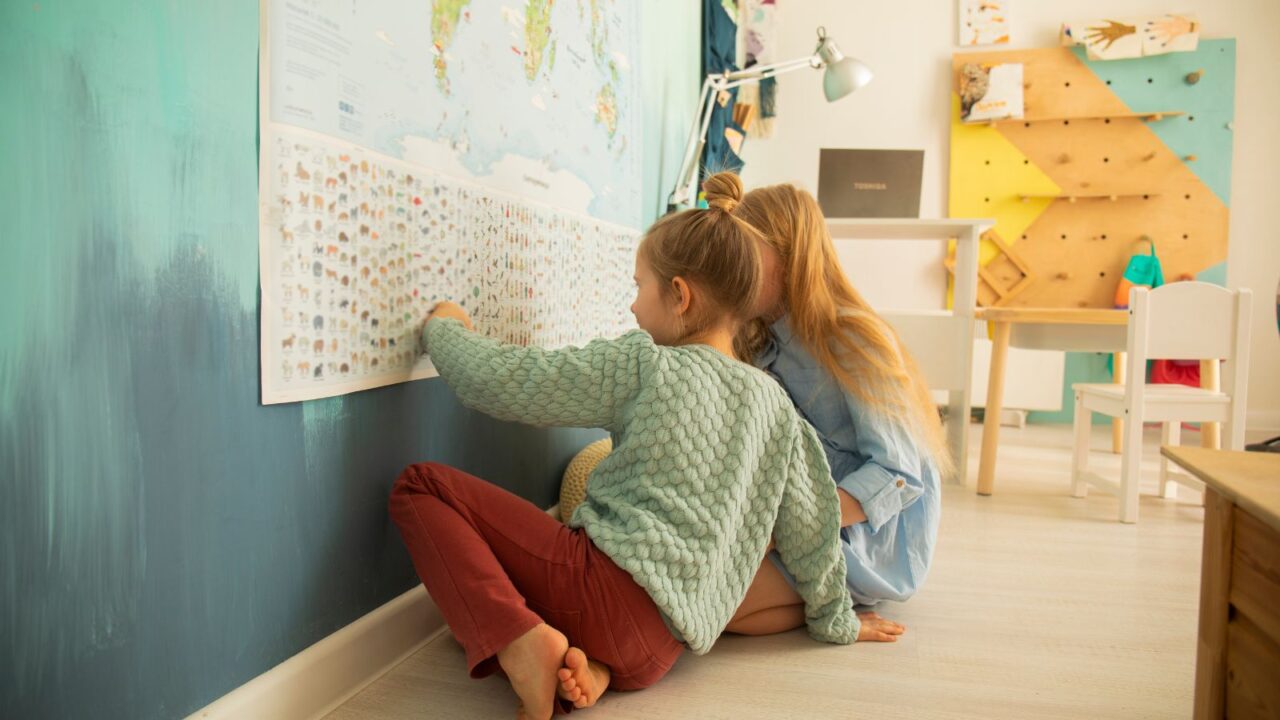
Wall Decor
Don’t forget about the walls of the playroom. Try to incorporate posters that educate, inspire, and encourage kiddies to think outside the box.
You can start with STEM-inspired ABC posters that include the key vocabulary of tech and science. Pick some quotes from great leaders of science and tech and frame them on the wall.
Engage children in DIY poster-making to help them learn along the way. If you need some ideas for creative projects that kids love, check out our guide on 13 Ways to Make Learning Fun For Your Kids.
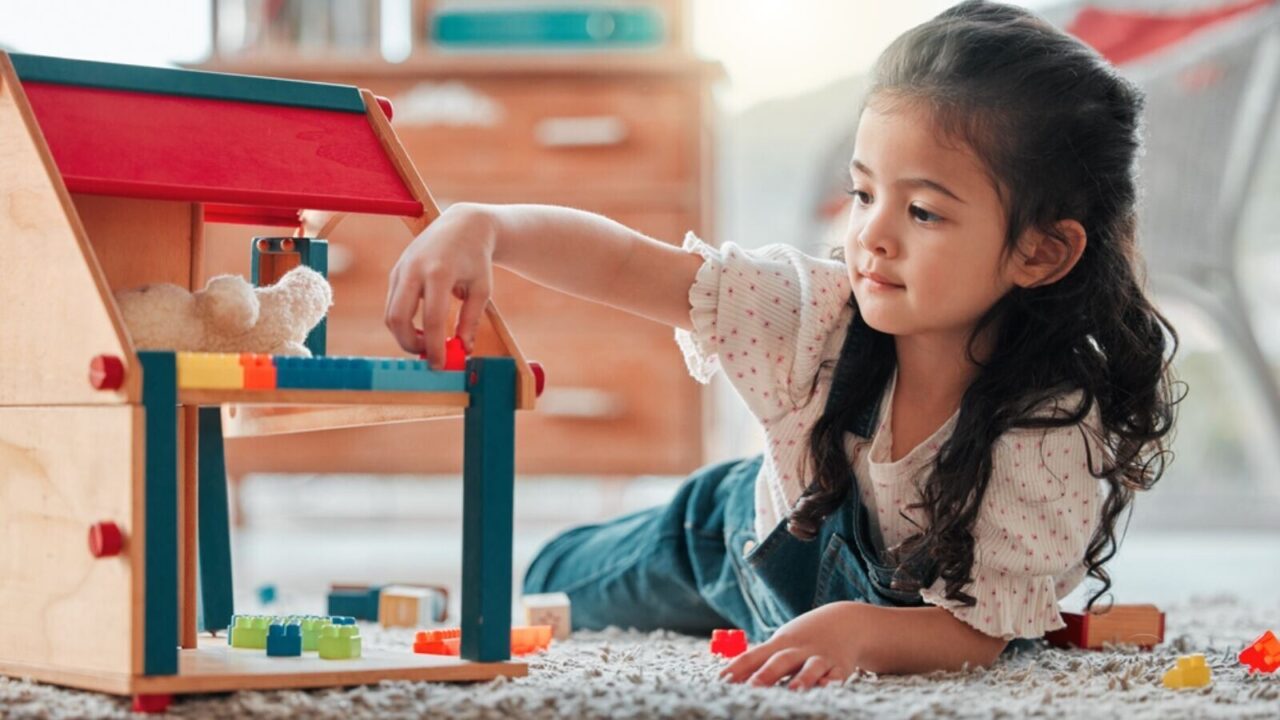
Safe and Kid-Friendly
Ensure that you only add age-appropriate tools and materials to your kid’s playroom. The furniture should be safe and appropriate for your child. Build-in cabinets or shelves are safe for play areas.
Even though STEM involves technology and gadgets, make sure all gadgets are age-appropriate. Lastly, allow the child to use gadgets or tools under adult supervision.
Check out the following guide on how to design a playful and safe space for your kids.